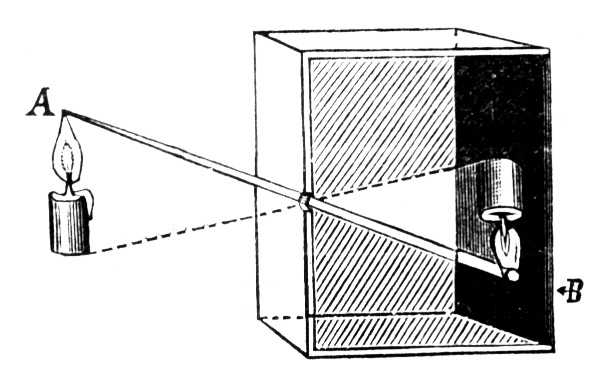One of the beautiful things of photography, is all the steps that actually brought us up to understanding how we could capture images and invented the camera. One important invention of that was a huge discovery for the creation of photography was the Camera Obscura. We explored how it works and a bit of history.
Documented discoveries are found back on year 500 BC, China. Mo Ti and also Aristotle had an experience with projecting light through a little hole. My beloved Da Vinci also used them.
The camera obscura is basically an empty dark place (box for example), with a little hole in one part of it. Light enters through the little hole and projects the illuminated image in the other side of the box. (Look picture)
The way it works implies to understand the nature of light. Light, first of all travels in a straight line and it tries to get everywhere! So the light travels into the hole in straight lines, and that is why you see, diagonally, the traveling of light and how it turns around the image!
Documented discoveries are found back on year 500 BC, China. Mo Ti and also Aristotle had an experience with projecting light through a little hole. My beloved Da Vinci also used them.
The camera obscura is basically an empty dark place (box for example), with a little hole in one part of it. Light enters through the little hole and projects the illuminated image in the other side of the box. (Look picture)
The way it works implies to understand the nature of light. Light, first of all travels in a straight line and it tries to get everywhere! So the light travels into the hole in straight lines, and that is why you see, diagonally, the traveling of light and how it turns around the image!



 RSS Feed
RSS Feed